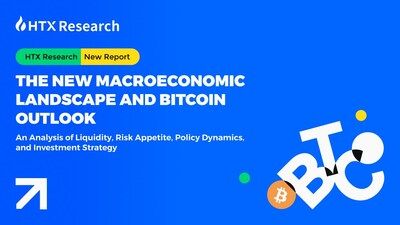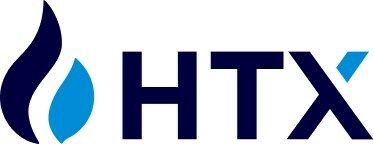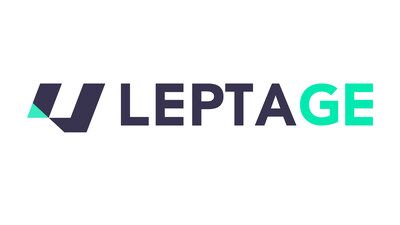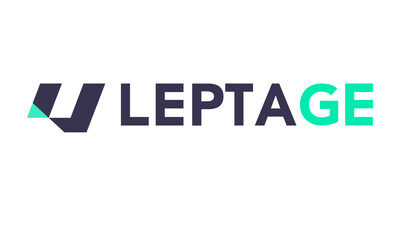Mega Matrix Inc. Board of Directors Approves Bitcoin and Ethereum as Treasury Reserve Asset
This post was originally published on this site
SINGAPORE, May 30, 2025 /PRNewswire/ — Mega Matrix Inc. (“MPU” or the “Company”) (NYSE American: MPU), today announced that the Company’s Board of Directors approved the purchase of Bitcoin and/or Ethereum to hold as a treasury reserve asset.
Yucheng Hu, Chief Executive Officer of MPU, commented, “Bitcoin and Ethereum represent next-generation treasury assets that enhance our financial strategy. While remaining focused on our core short drama streaming business, we believe this move strengthens our long-term balance sheet positioning.”
About Mega Matrix Inc.: Mega Matrix Inc. (NYSE American: MPU) is a holding company and operates FlexTV, a short-video streaming platform and producer of short dramas, through Yuder Pte, Ltd., an indirect wholly owned subsidiary of the Company. Mega Matrix Inc. is a Cayman Islands corporation headquartered in Singapore. For more information, please contact info@megamatrix.io or visit: http://www.megamatrix.io.
Forward-Looking Statements
This press release contains forward-looking statements within the meaning of the “safe harbor” provisions of the United States Private Securities Litigation Reform Act of 1995. All statements in this press release other than statements that are purely historical are forward looking statements. When used in this press release, the words “estimates,” “projected,” “expects,” “anticipates,” “forecasts,” “plans,” “intends,” “believes,” “seeks,” “may,” “will,” “should,” “future,” “propose,” and variations of these words or similar expressions (or the negative versions of such words or expressions) are intended to identify forward-looking statements. These forward-looking statements are not guarantees for future performance, conditions or results, and involve a number of known and unknown risks, uncertainties, assumptions and other important factors, many of which are outside the Company’s control, that could cause actual results or outcomes to differ materially from those discussed in the forward-looking statements. Important factors, among others, are: the ability to manage growth; ability to identify and integrate future acquisitions; ability to grow and expand our FlexTV business; ability to purchase Bitcoin or Ethereum at the price that we want; ability to obtain additional financing in the future to fund capital expenditures and our Bitcoin/Ethereum treasury reserve strategy; fluctuations in general economic and business conditions; costs or other factors adversely affecting the Company’s profitability; litigation involving patents, intellectual property, and other matters; potential changes in the legislative and regulatory environment; a pandemic or epidemic; the possibility that the Company may not succeed in developing its new lines of businesses due to, among other things, changes in the business environment, competition, changes in regulation, or other economic and policy factors; and the possibility that the Company’s new lines of business may be adversely affected by other economic, business, and/or competitive factors. The forward-looking statements in this press release and the Company’s future results of operations are subject to additional risks and uncertainties set forth under the heading “Risk Factors” in documents filed by the Company with the Securities and Exchange Commission (“SEC”), including the Company’s latest annual report on Form 20-F, filed with the SEC on March 28, 2025, and are based on information available to the Company on the date hereof. In addition, such risks and uncertainties include the inherent risks with investing in Bitcoin and/or Ethereum, including Bitcoin‘s and Ethereum‘s volatility; and risk of implementing a new treasury strategy. The Company undertakes no obligation to update or revise any forward-looking statements, whether as a result of new information, future events or otherwise, except as required by applicable law. Readers are cautioned not to place undue reliance on forward-looking statements, which speak only as of the date of this press release.
Disclosure Channels
We announce material information about the Company and its services and for complying with our disclosure obligation under Regulation FD via the following social media channels:
|
X (f/k/a Twitter): |
twitter.com/MegaMatrixMPU |
|
Facebook: |
facebook.com/megamatrixmpu facebook.com/flextvus |
|
LinkedIn: |
linkedin.com/company/megamatrixmpu |
|
TikTok: |
tiktok.com/@flextv_english |
|
YouTube: |
youtube.com/@FlexTV_English |
The Company will also use its landing page on its corporate website (www.megamatrix.io) to host social media disclosures and/or links to/from such disclosures. The information we post through these social media channels may be deemed material. Accordingly, investors should monitor these social media channels in addition to following our website, press releases, SEC filings and public conference calls and webcasts. The social media channels that we intend to use as a means of disclosing the information described above may be updated from time to time as listed on our website.
For inquiries, please contact: Info@megamatrix.io
![]() View original content to download multimedia:https://www.prnewswire.com/news-releases/mega-matrix-inc-board-of-directors-approves-bitcoin-and-ethereum-as-treasury-reserve-asset-302469210.html
View original content to download multimedia:https://www.prnewswire.com/news-releases/mega-matrix-inc-board-of-directors-approves-bitcoin-and-ethereum-as-treasury-reserve-asset-302469210.html
SOURCE Mega Matrix Inc.

Featured Image: depositphotos @ sadsadang





























